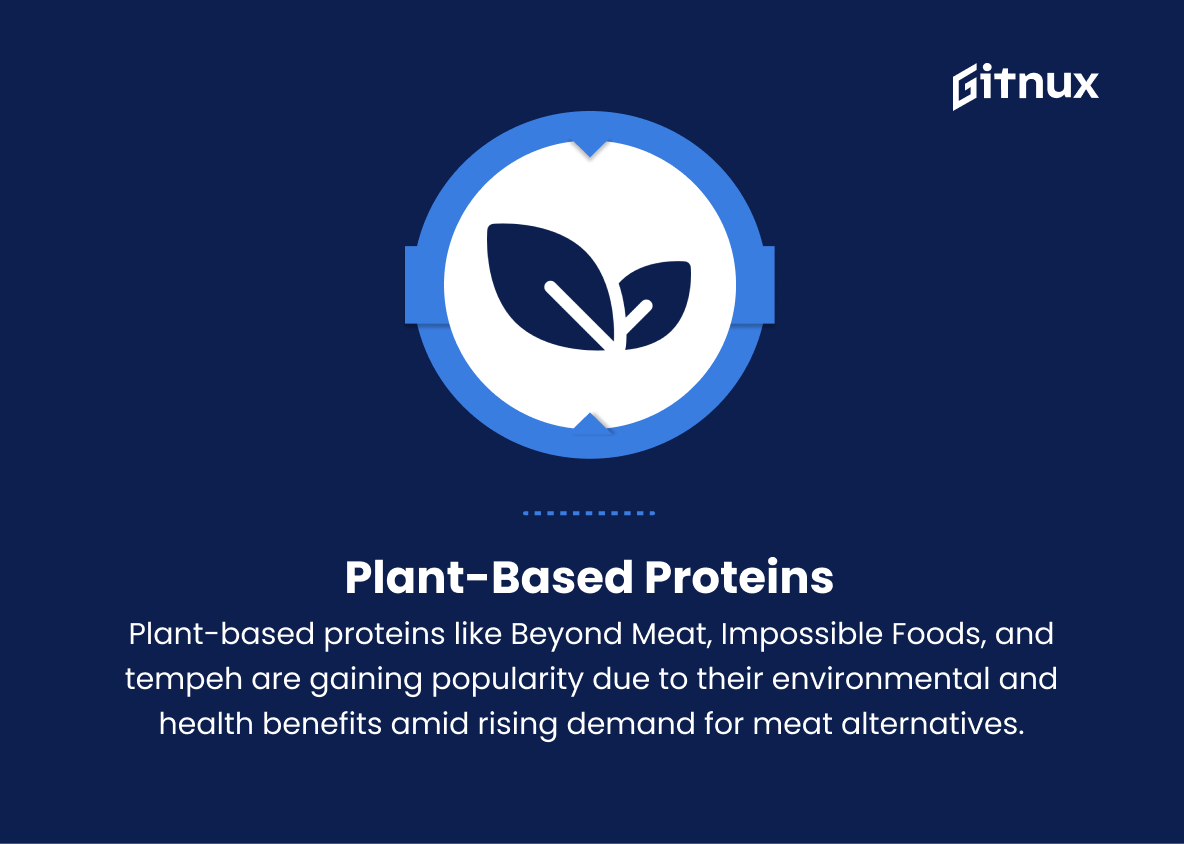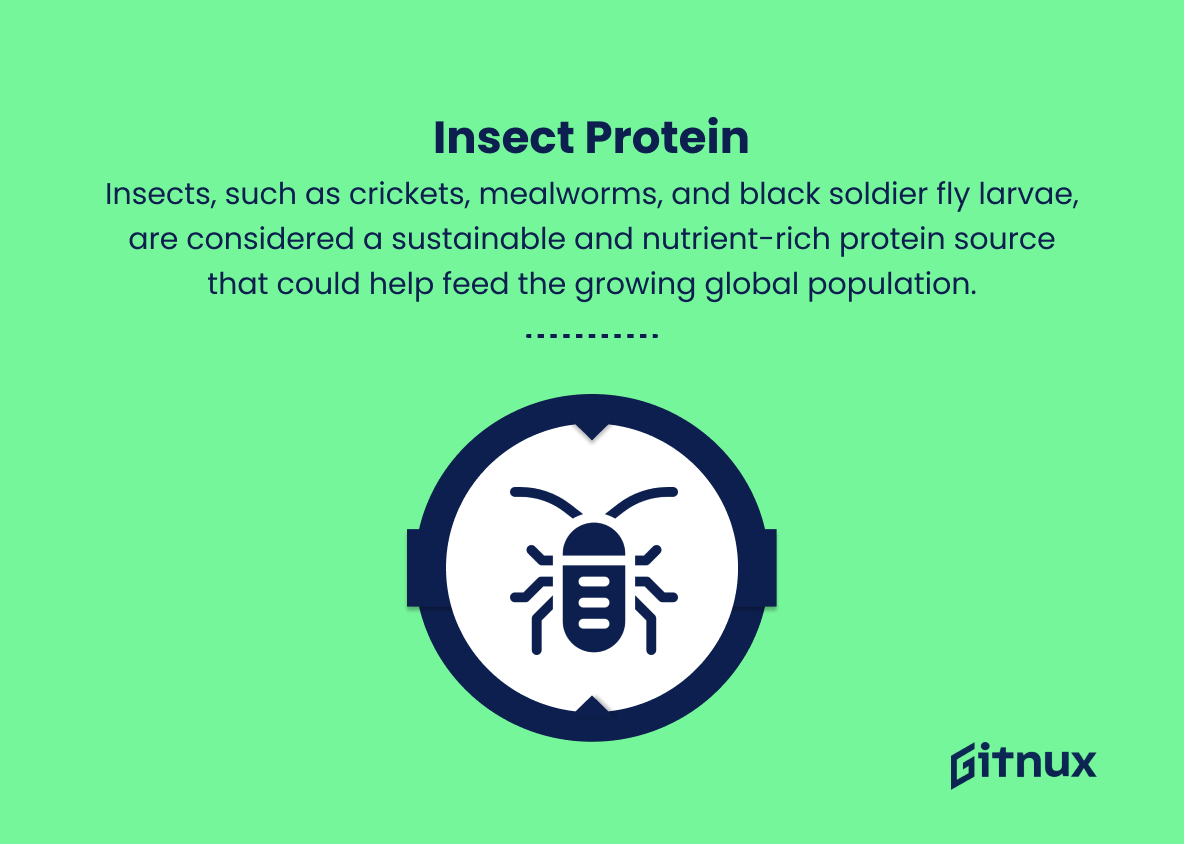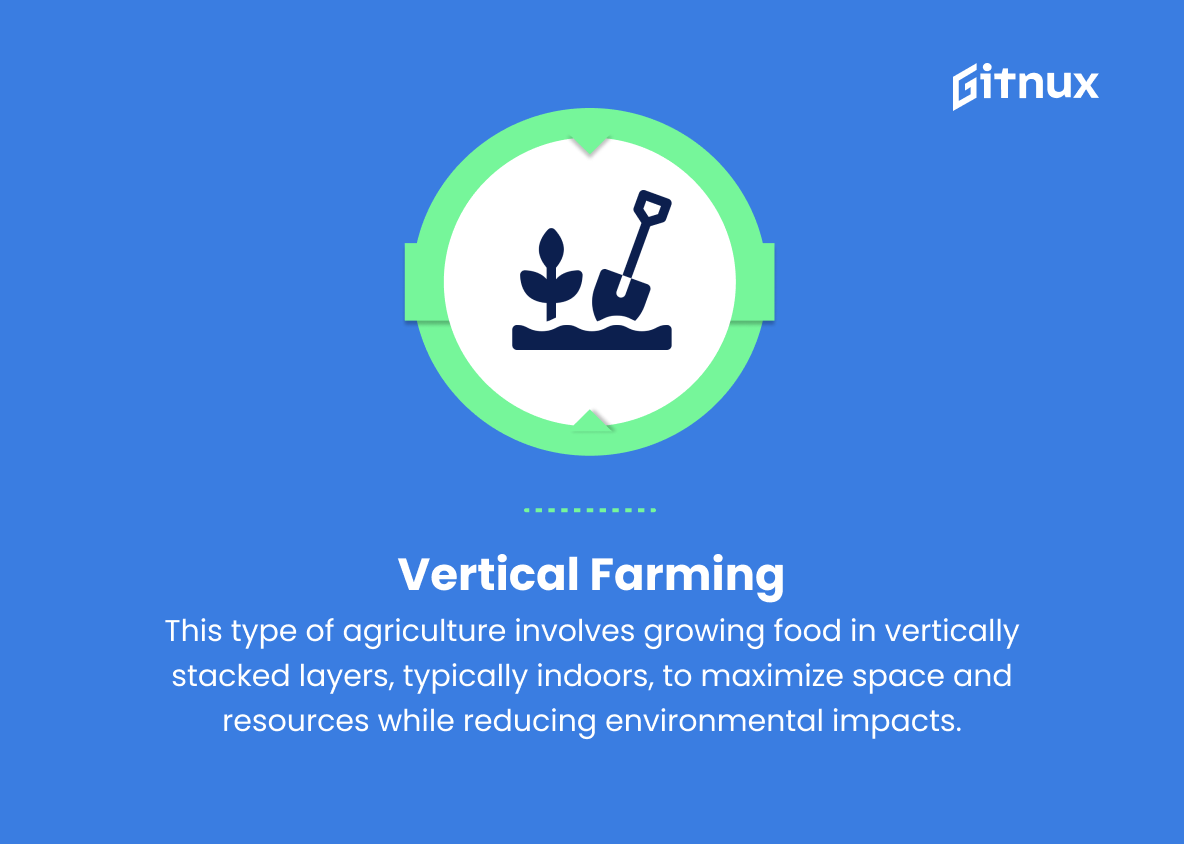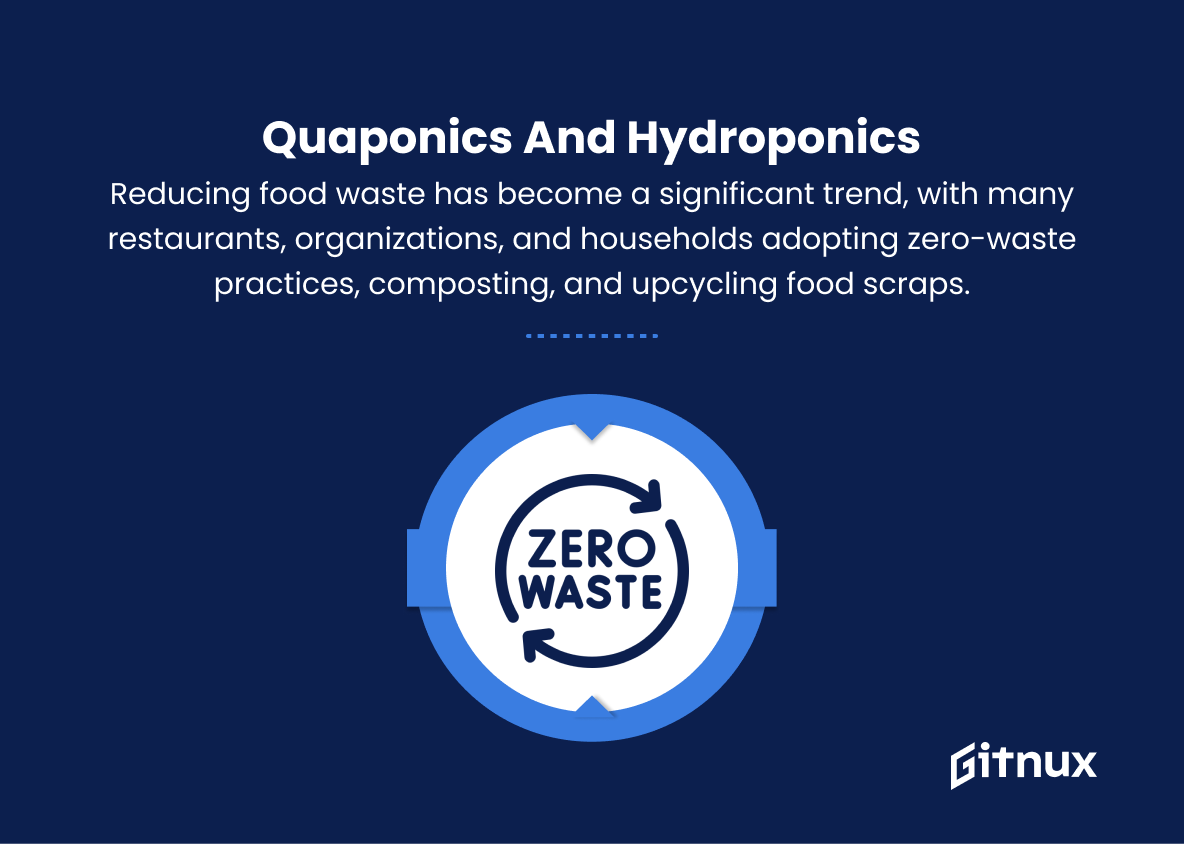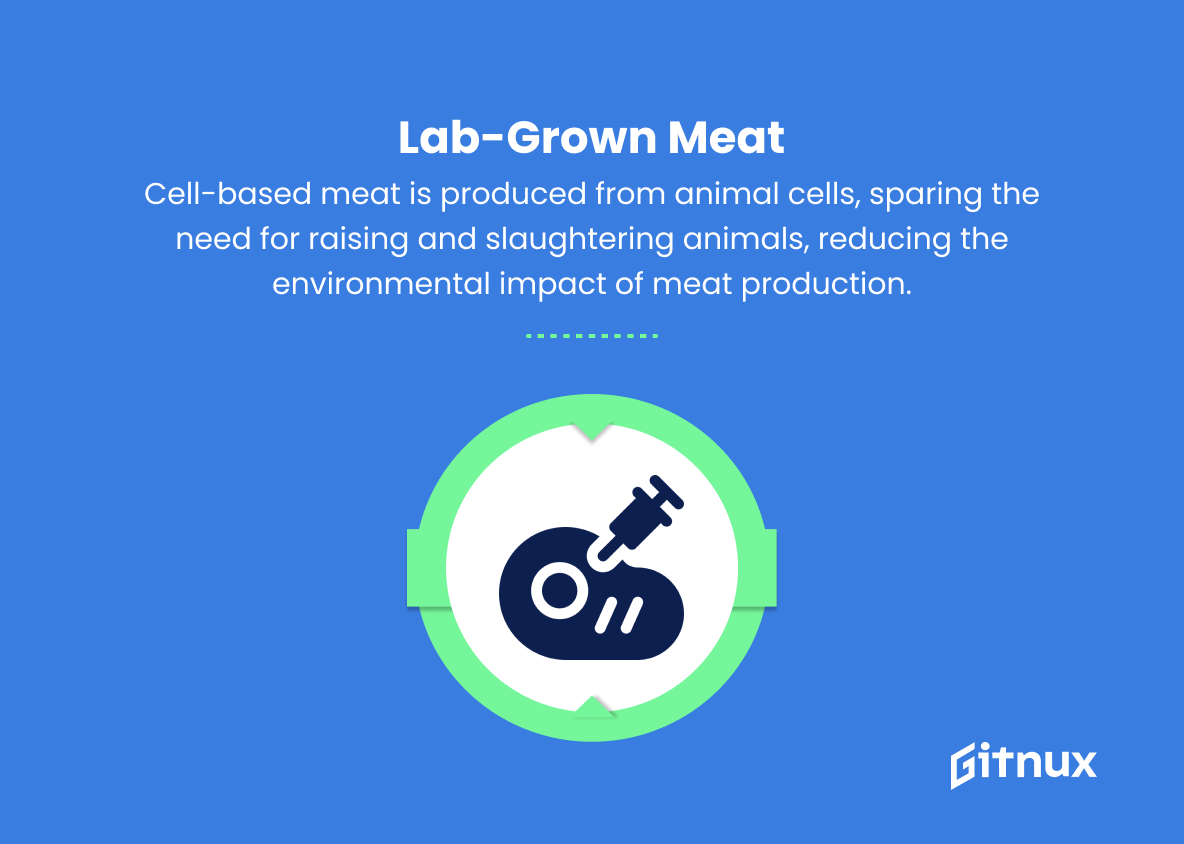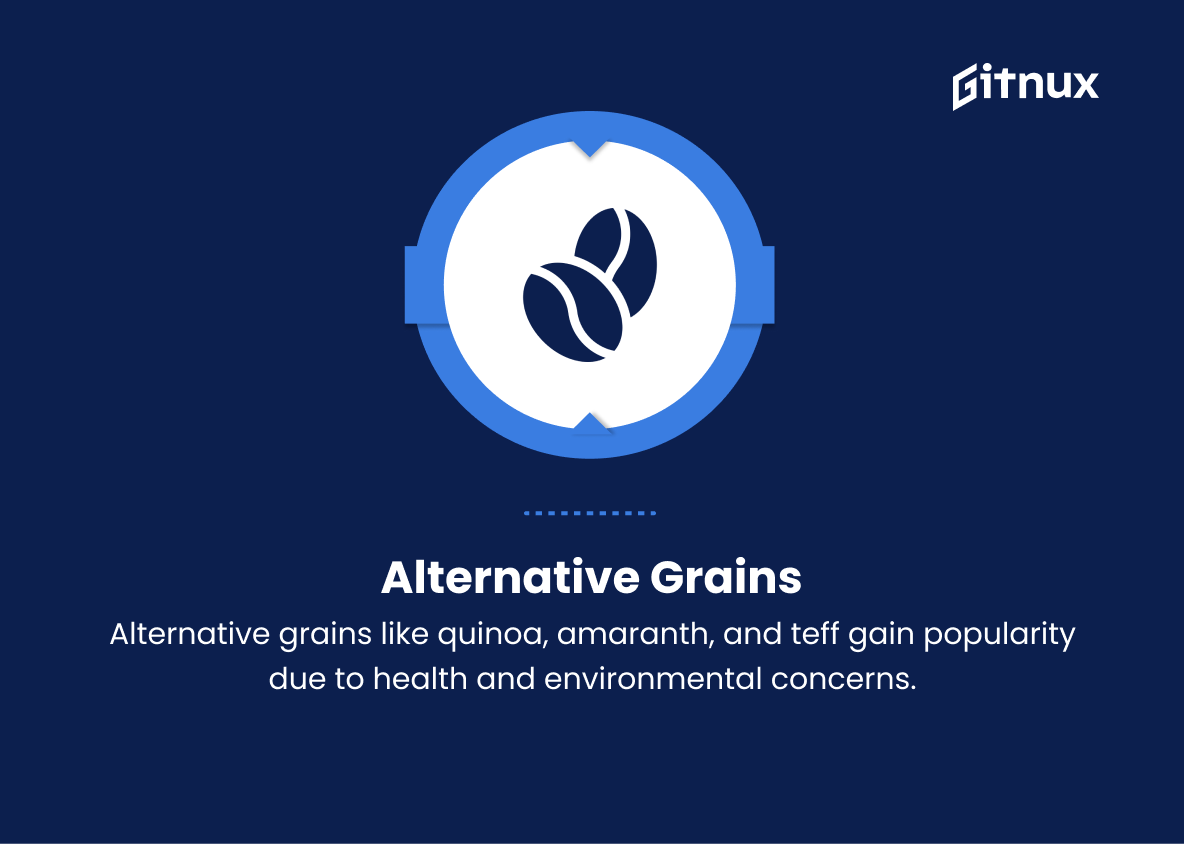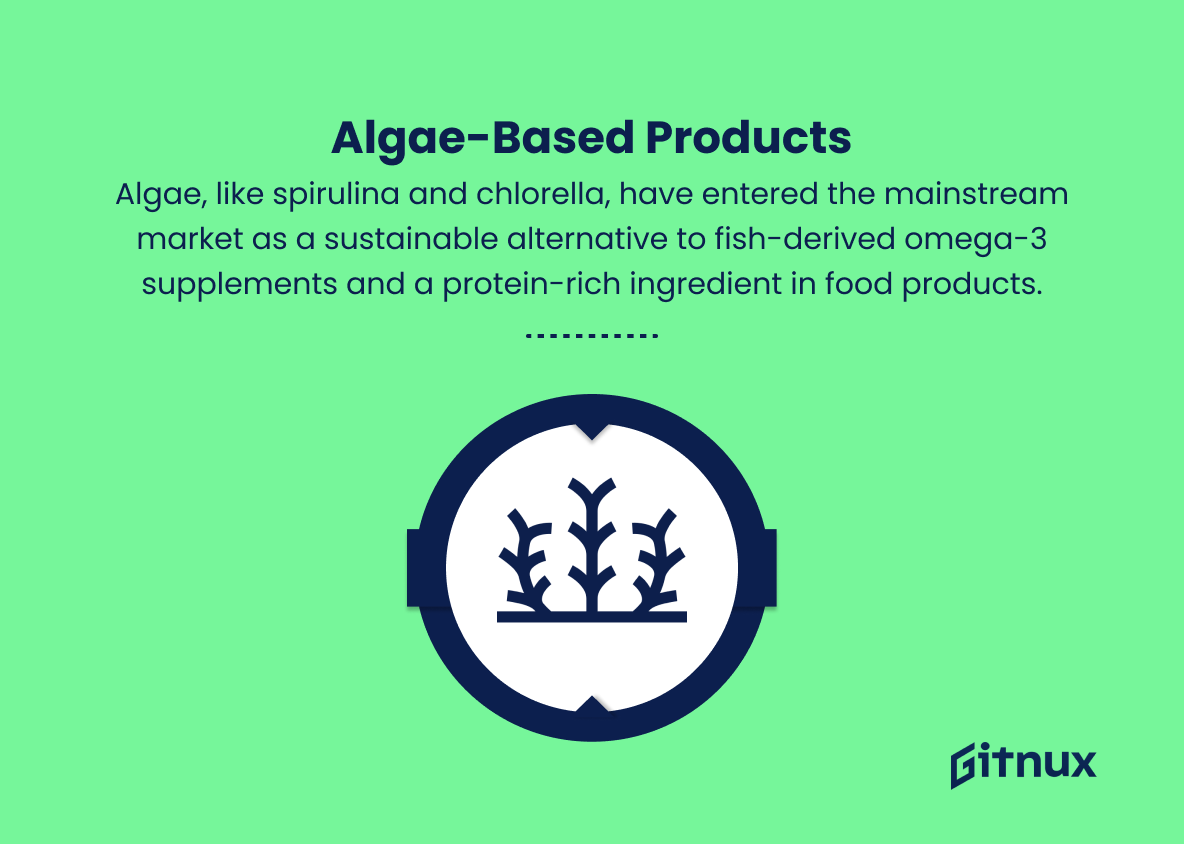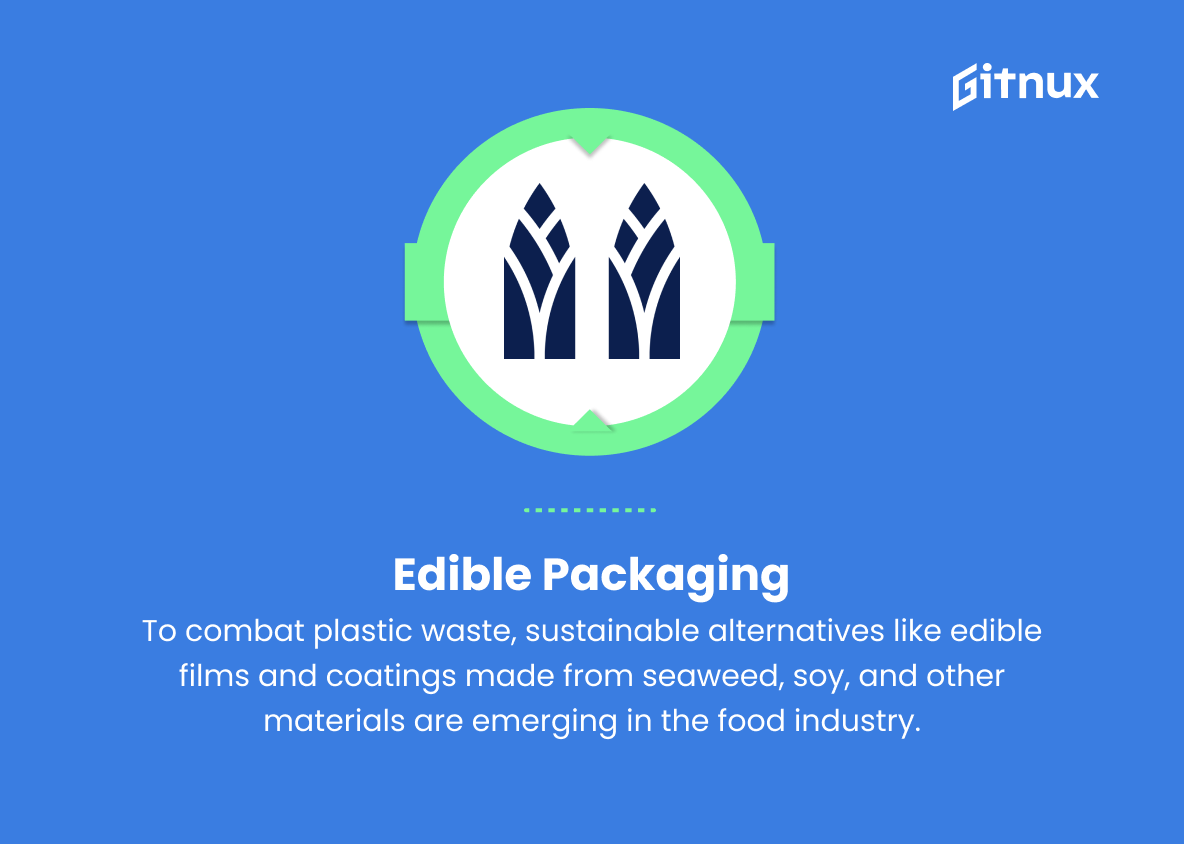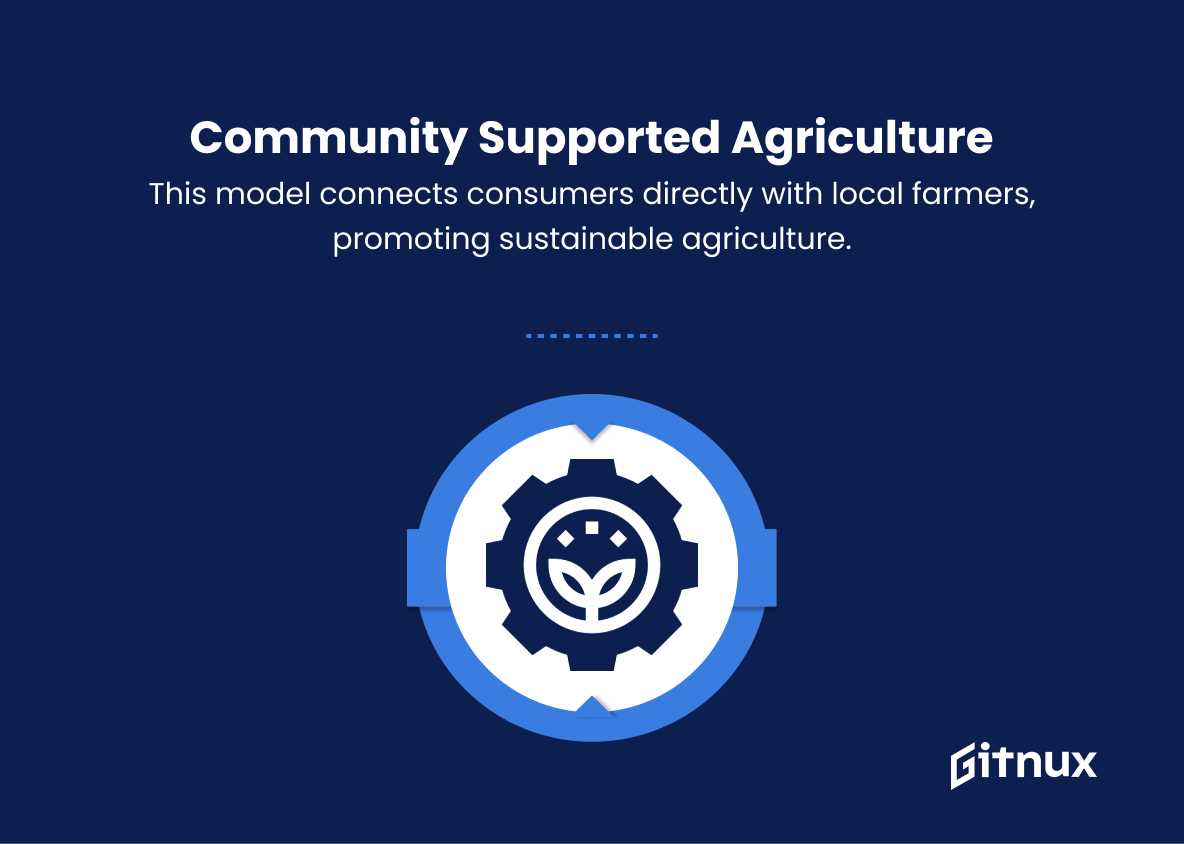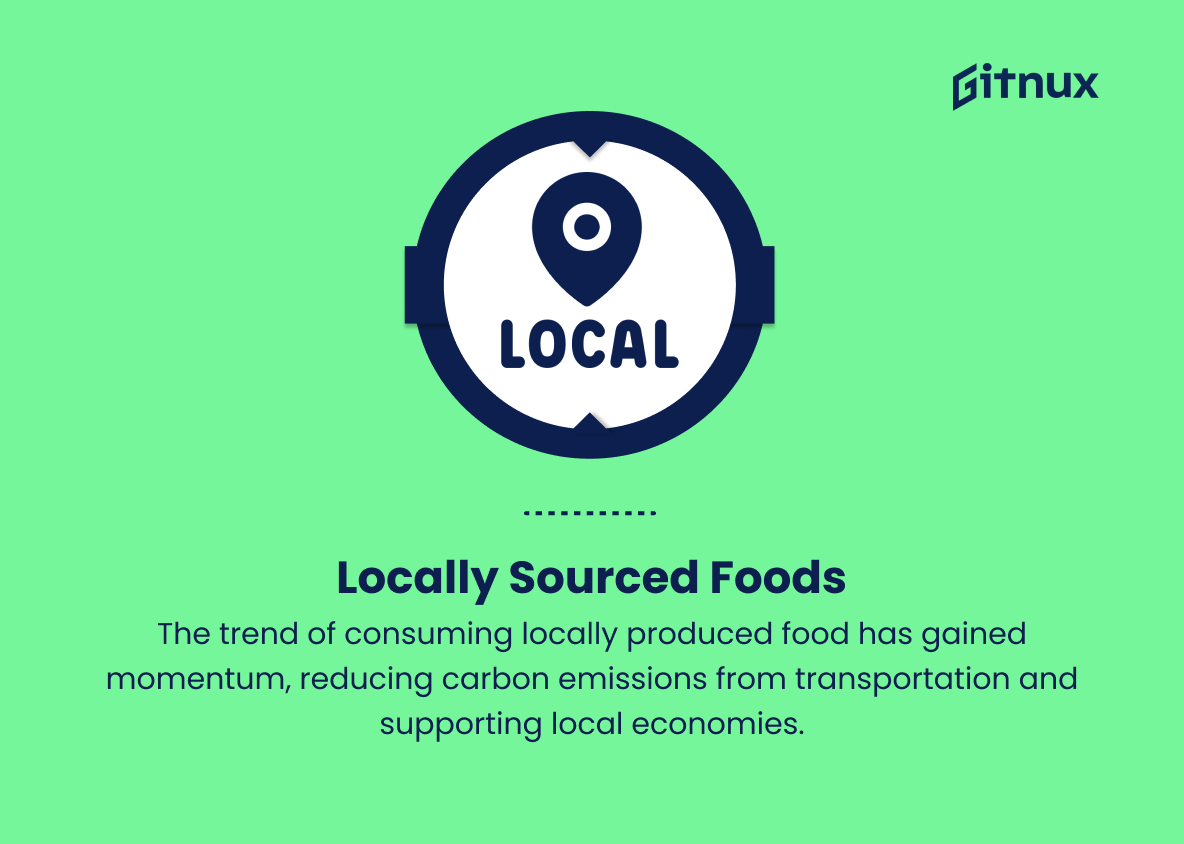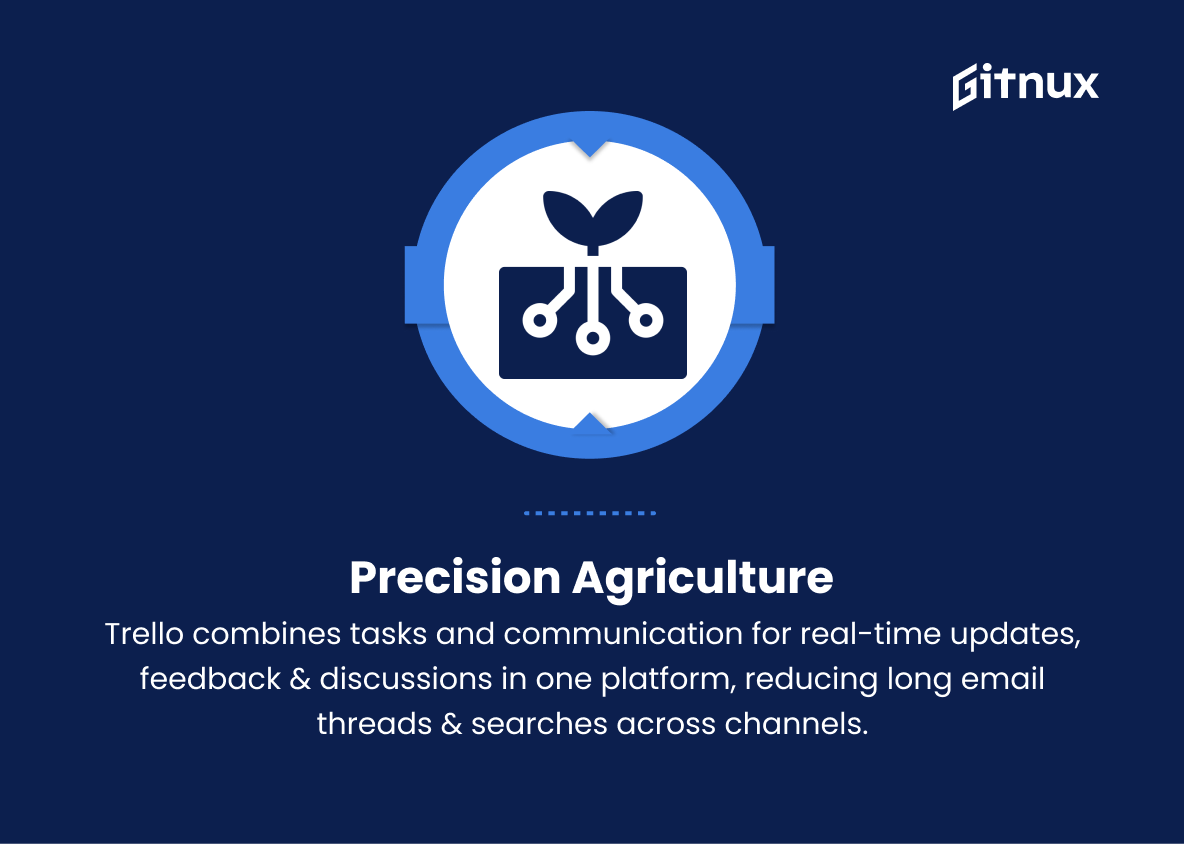As the global population continues to rise and environmental concerns loom large, sustainable food trends play a vital role in our quest for a healthier and more eco-friendly world. In this thought-provoking blog post, we will delve into the emerging trends and innovative practices being adopted by farmers, food producers, and consumers to minimize waste, lower environmental impact, and promote a nutritious and conscientious approach towards our daily sustenance.
Discover how these forward-thinking food trends are fostering a sustainable revolution in the way we grow, process, and consume what we put on our plates. Join us as we explore the exciting, ever-evolving landscape of sustainable food trends that promise to shape the future of our planet and its people.
Top Sustainable Food Trends
1. Plant-based proteins
With an increasing demand for alternatives to meat, plant-based proteins like Beyond Meat, Impossible Foods, and tempeh, are gaining popularity for their environmental benefits and health aspects.
2. Insect protein
Insects, such as crickets, mealworms, and black soldier fly larvae, are considered a sustainable and nutrient-rich protein source that could help feed the growing global population.
3. Vertical farming
This type of agriculture involves growing food in vertically stacked layers, typically indoors, to maximize space and resources while reducing environmental impacts.
4. Aquaponics and hydroponics
These systems combine fish farming with soilless plant cultivation, recycling water and nutrients to create a sustainable method of producing both plant and animal food products.
5. Food waste reduction
Reducing food waste has become a significant trend, with many restaurants, organizations, and households adopting zero-waste practices, composting, and upcycling food scraps.
6. Regenerative agriculture
This farming practice aims to restore soil health, biodiversity, and ecosystem balance by using techniques like crop rotation, reduced tilling, and organic fertilization.
7. Lab-grown meat
Also known as cultured or cell-based meat, this technology involves producing meat from animal cells, eliminating the need to raise and slaughter animals, thus reducing the environmental impact of meat production.
8. Alternative grains
As environmental and health concerns grow, alternative grains like quinoa, amaranth, and teff have become increasingly popular for their high nutritional value and lower ecological footprint compared to traditional grains.
9. Algae-based products
Algae, like spirulina and chlorella, have entered the mainstream market as a sustainable alternative to fish-derived omega-3 supplements and a protein-rich ingredient in food products.
10. Edible packaging
To combat plastic waste, sustainable alternatives like edible films and coatings made from seaweed, soy, and other materials are emerging in the food industry.
11. Community Supported Agriculture (CSA)
This model connects consumers directly with local farmers, allowing them to subscribe and receive a share of fresh, seasonal produce, supporting small-scale, sustainable agriculture.
12. Locally sourced foods
The trend of consuming locally produced food has gained momentum, reducing carbon emissions from transportation and supporting local economies.
13. Fermented foods and probiotics
Traditional fermented foods like kimchi, sauerkraut, and kefir are becoming popular for their potential health benefits and reduced environmental impact during production.
14. Precision agriculture
Technological advancements in agriculture, such as drones, sensors, and artificial intelligence, help increase crop yields and optimize resource management, leading to more sustainable food production.
15. Upcycled ingredients
This trend involves repurposing food byproducts, like spent grains from beer brewing or fruit pulp from juicing, into new and innovative food products to minimize waste.
Implications
Sustainable food trends are shaping the future of food production and consumption, focusing on environmental preservation, resource optimization, and supporting local economies. The rise of plant-based proteins, insect protein, and lab-grown meat are lessening the demand for traditional animal agriculture, which is a major contributor to greenhouse gas emissions. Vertical farming, hydroponics, and aquaponics are revolutionizing agriculture through efficient use of space and resources, while regenerative practices restore soil health and biodiversity.
Alternative grains and algae-based products provide more nutritious and eco-friendly alternatives to conventional food items, while fermented foods are gaining traction for their health benefits and low impact production methods. Technologies like precision agriculture increase efficiency and reduce waste in conventional farming, while upcycled ingredients breathe new life into previously discarded food byproducts. Edible packaging addresses the pervasive plastic waste crisis by replacing single-use materials with biodegradable and even consumable options.
The promotion of locally-sourced foods and Community Supported Agriculture models not only reduce transportation-related carbon emissions, but also strengthen local economies and foster deeper connections between consumers, farmers, and the land. As the world continually seeks more sustainable ways to feed its ever-growing population, these responsible and innovative methods are creating a greener, healthier future for all.
Conclusion
In conclusion, sustainable food trends have undeniably gained significant momentum over the last few years as people become increasingly aware of the detrimental impact of the traditional food industry on our environment, health, and society. By exploring and embracing alternative food sources, practices like regenerative agriculture, and conscious consumption choices, we are taking monumental steps towards fostering a more sustainable and responsible global food system.
It is clear that as these trends continue to evolve, we will be better equipped to tackle the challenges posed by a growing population and rapidly changing climate. By supporting and promoting these sustainable food trends, we can contribute towards securing a more responsible, equitable, and environmentally-friendly food future for generations to come.
